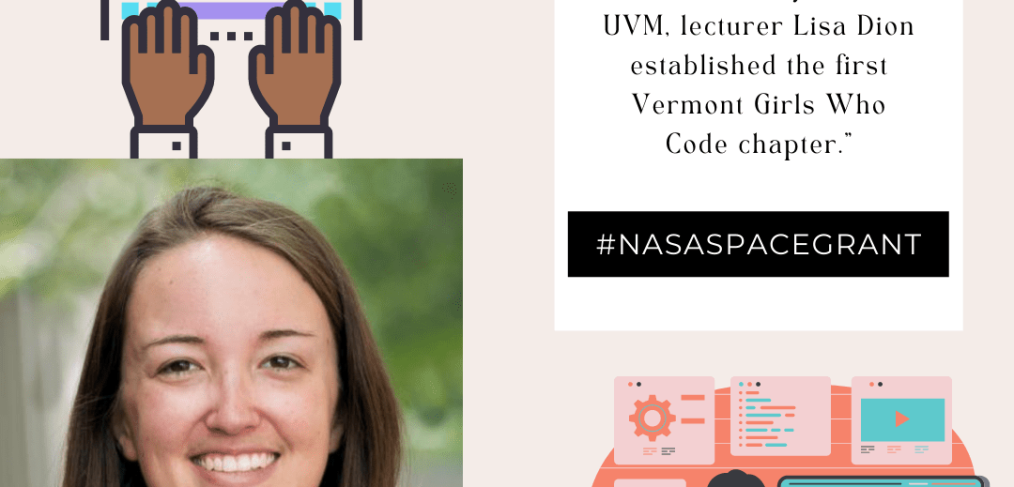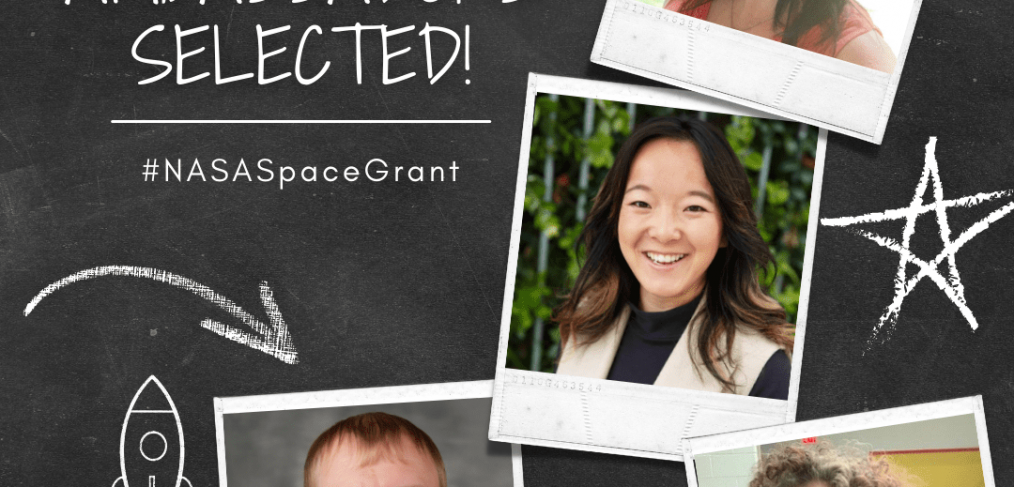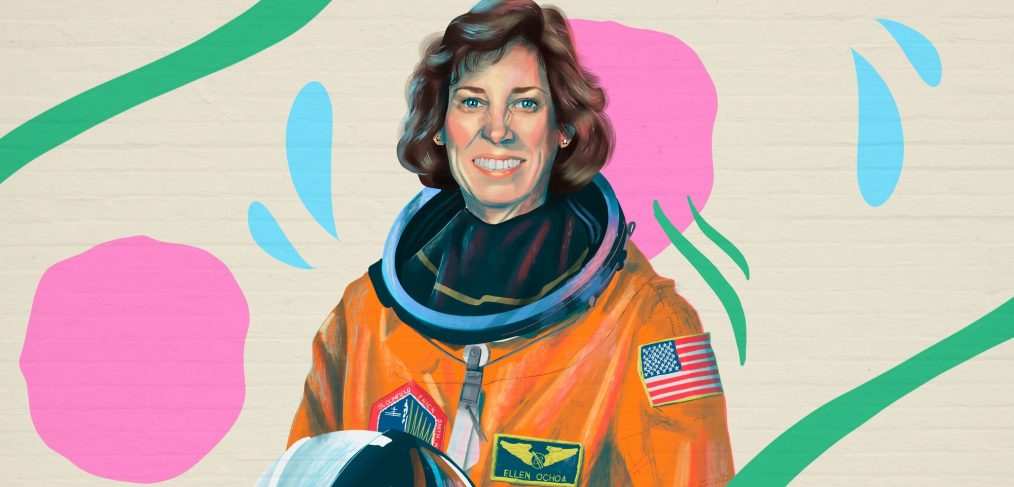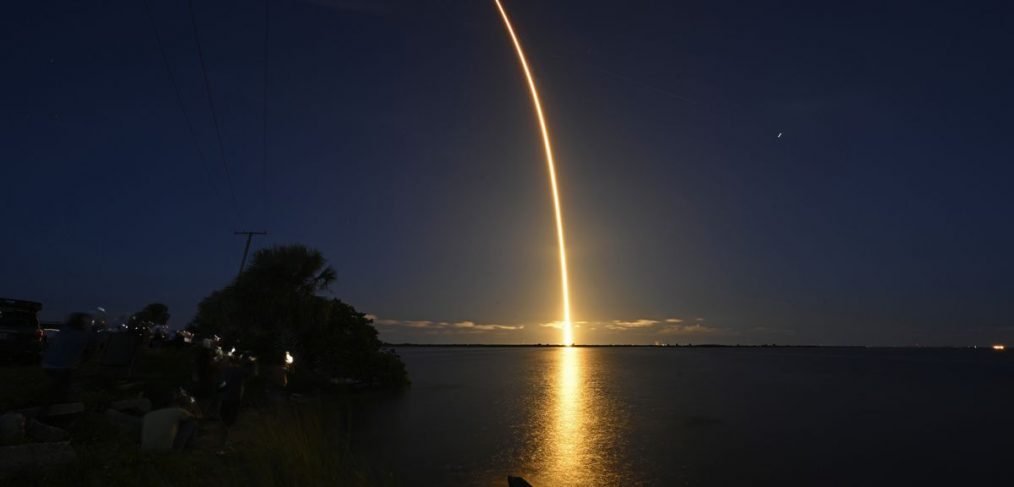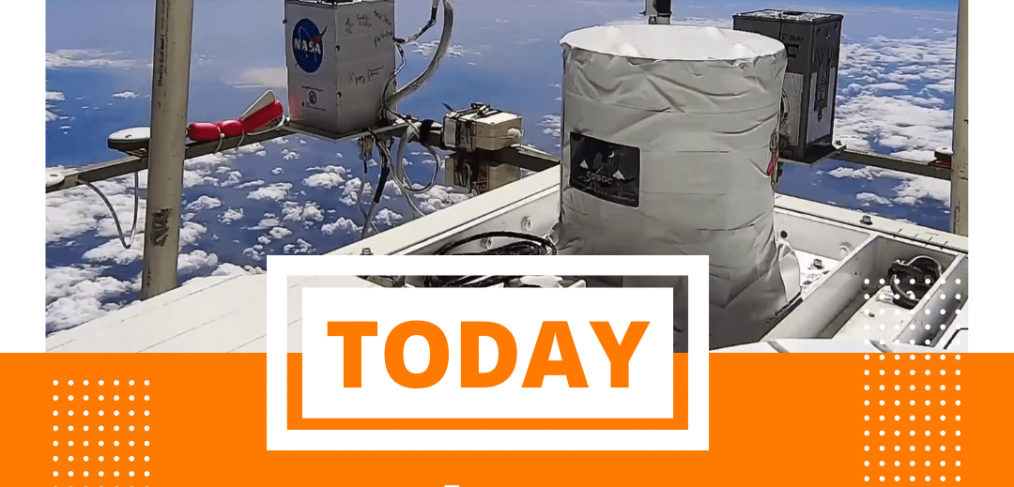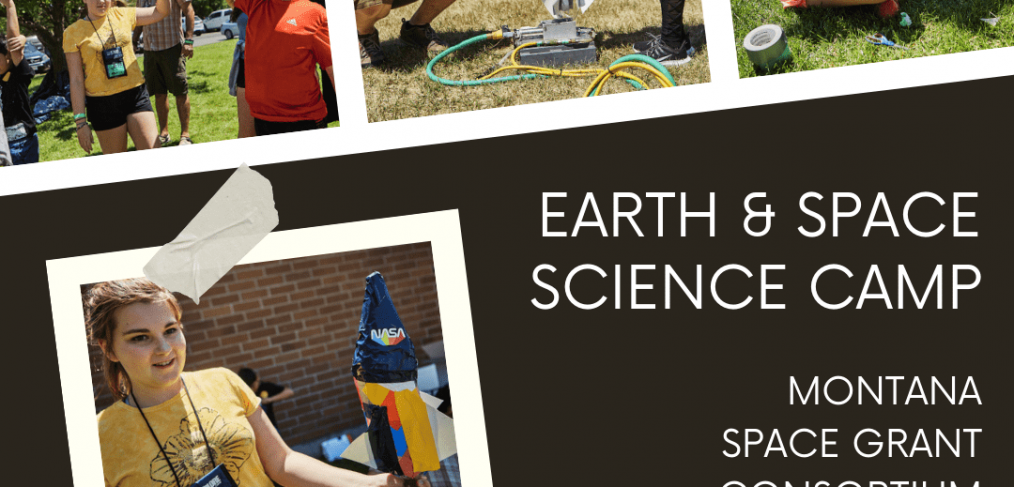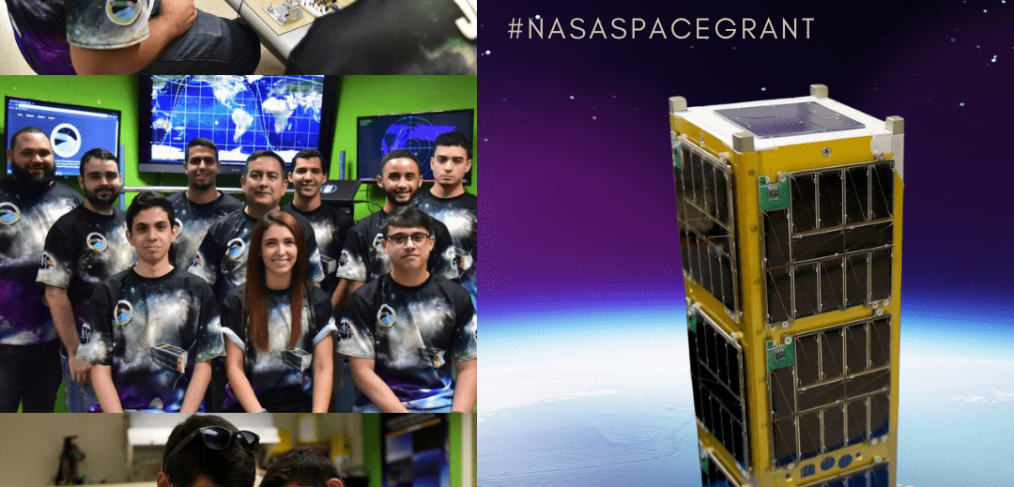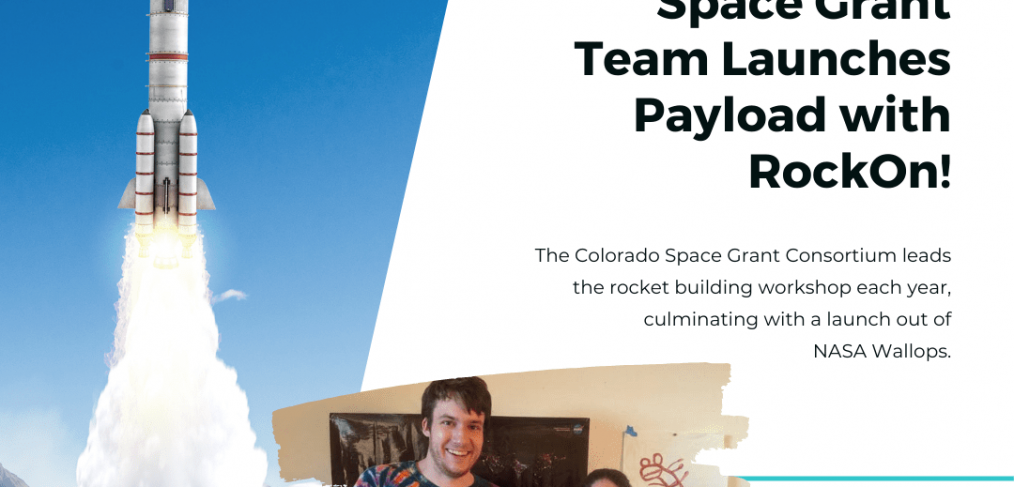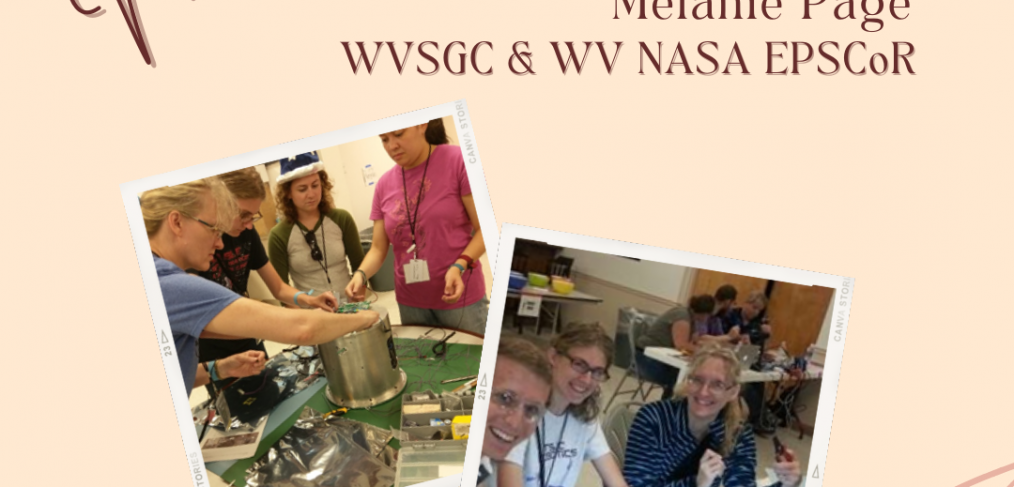ter completing graduate school at the University of Michigan in 2016, Lisa Dion cast about for a summer internship before taking up her duties as a lecturer at UVM. Then an ad for a program called Girls Who Code caught her eye.
“Women are definitely underrepresented in computer science and working toward gender parity is something close to my heart,” Dion said.
She had never heard of Girls Who Code but was intrigued enough to apply for a summer position. She was accepted and soon found herself in Atlanta receiving a week of intensive training. As a newly minted Girls Who Code instructor, she taught a seven-week course that summer to 20 girls.
